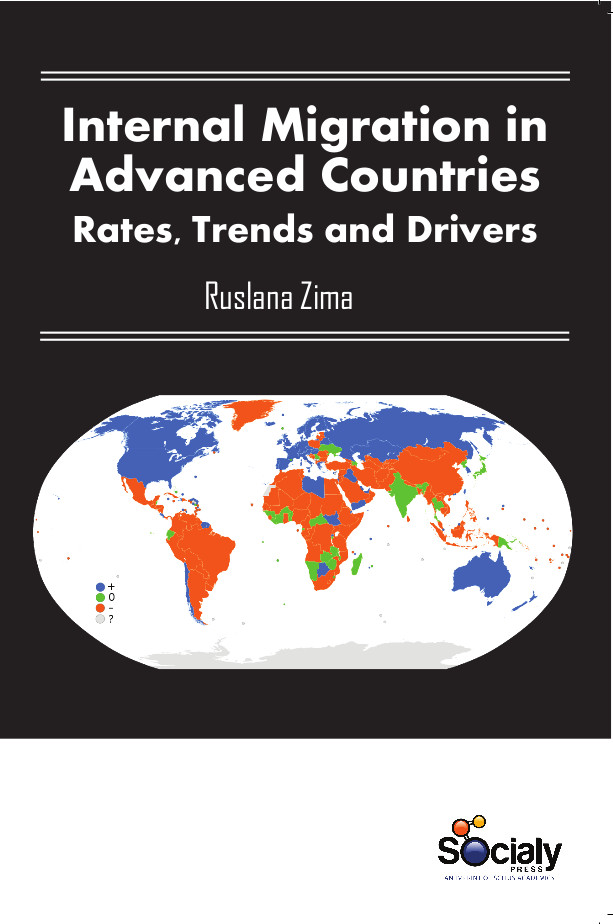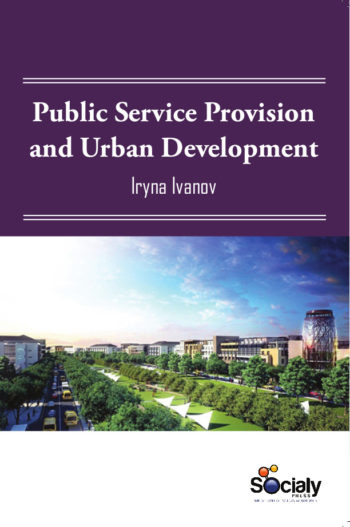Internal migration is the movement of people from one defined area to another within a country. Migration is a geographical phenomenon that seems to be a human necessity in every age. Since, man has a tendency to leave the areas in which life is difficult, he migrates to the areas where life may be easy and better. Progress in migration studies has been substantial in quantity, addressing a wide range of empirical, theoretical, and policy issues, and these have generated a large literature. However, they have not coalesced into any consensus on approaches or theoretical baselines. There have been contributions to major and long-standing theoretical debates, such as on the existence of a mobility transition to mirror the demographic transition and whether or not migration is a force for development at both source and destination, but the research agenda has moved away from questions associated with general global models. In modern times, migration from across border has been a very restrictive phenomenon. The most tragic form of internal migration is often as a result of conflict and violence. While soldiers and warriors often capture the minds of people reading and learning about these conflicts, the truth of the matter is that there are millions of people who never pick up a weapon but are nonetheless affected by conflict. However, it is not always just conflict; severe famine and disease can also produce the conditions for people to want to leave their home regions. With development on social and economic fronts during the post independence period, however, internal migration has got significant impetus.
Internal Migration in Advanced Countries: Rates, Trends and Drivers explores the nature , causes and dynamics of domestic migration , and specifically the role played by three distinct factors – livelihoods and economy, the quality of public services and the presence of challenging environmental conditions. It focuses on the spatial impact of internal migration on population redistribution, arguably the most visible and significant aspect of human population movement. It investigates both the substantive and methodological dimensions of this phenomenon. The key substantive question concerns the role of internal migration in transforming settlement systems, particularly in terms of population concentration and de-concentration, and the way the transformation varies over space and time.













